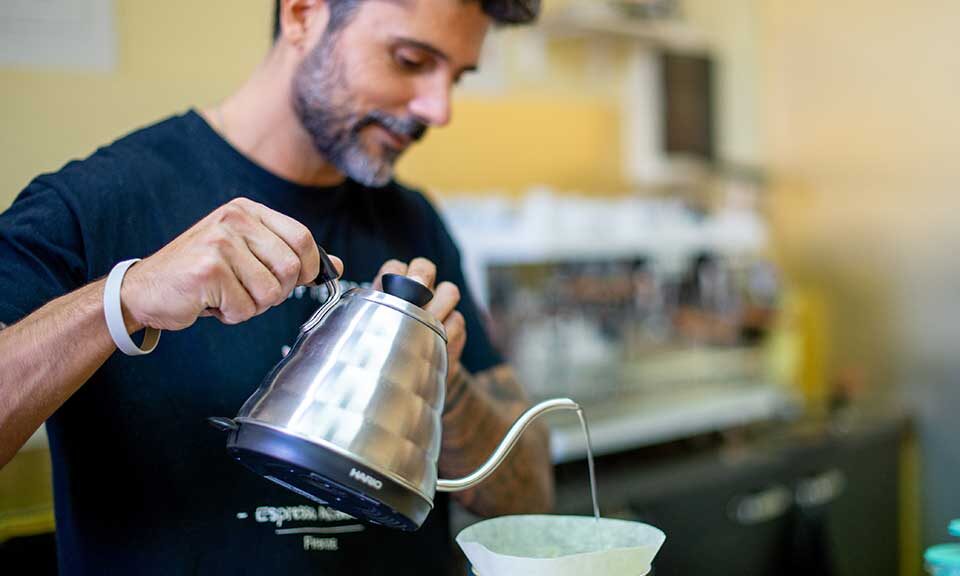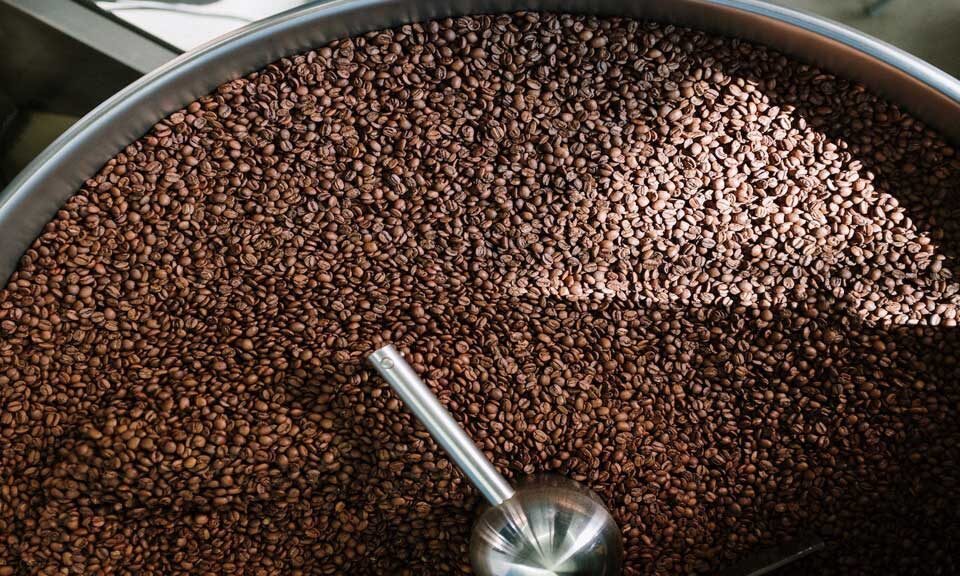
How to Become a Successful Barista
9 September 2024
Gingerbread Latte: The Quintessential Holiday Coffee
2 December 2024How to prepare the perfect espresso
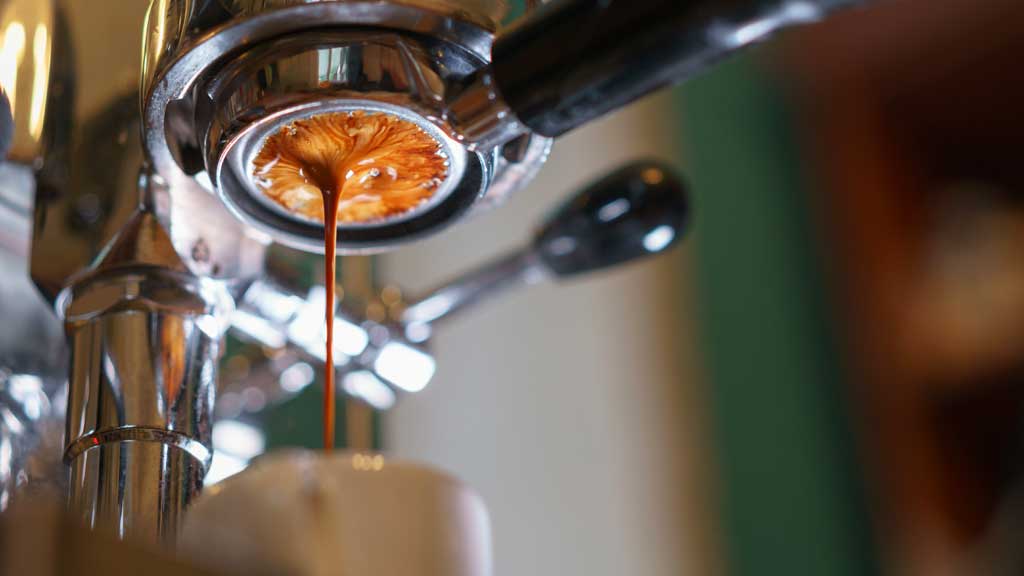

Preparing the perfect espresso is an art that every professional and home barista aspire to master. But what are the secrets that make a cup rich, creamy, and irresistible? In this complete guide, we’ll reveal the essential steps to achieve a flawless espresso.
Whether you’re an experienced barista or a passionate home barista brewing coffee at home, here you’ll find valuable tips to take your skills to the next level. Join us in discovering how to turn every extraction into an extraordinary sensory experience by following our 9-step guide.
1. Choosing the Right Coffee Beans
The foundation of a perfect espresso starts with quality raw materials. Opt for carefully roasted beans, avoiding coffee with defects or incorrect roasting. While you don’t always need a specialty coffee, the quality of the beans is essential. Remember, a good coffee is the result of meticulous work both at the farm and during roasting. Choosing the right beans is crucial: if the base isn’t excellent, even the best extraction technique won’t work miracles. Whether it’s a single origin or a blend, always choose a high-quality product with well-balanced sensory characteristics for espresso extraction.
2. Cleaning the Equipment
Cleanliness is essential. Coffee contains oils that can build up on your equipment, altering the taste of your espresso. Make sure to regularly clean filters, portafilters, and shower screens with appropriate cleaners. Proper equipment maintenance will ensure your coffee is always free from unwanted flavors. Keeping your equipment clean not only improves the taste of the coffee but also extends the life of your machines. Want to know more? We cover this extensively in our professional espresso courses.

3. Grind on Demand
Once ground, coffee loses over 60% of its aromas in just 20 minutes due to the increased surface area exposed to oxygen, which accelerates oxidation and the release of aromatic gases. Therefore, grinding coffee on the spot is essential to preserve its flavors, which are crucial for a high-quality espresso.
Using on-demand grinders is key to ensuring each cup is rich in intense and authentic flavors. The freshness of the grind is critical for a perfect espresso: coffee should be ground immediately before extraction to retain the volatile aromas that make up the complex aromatic profile of the beverage. Learn more about grind adjustment.
4. Flush the Water
Before each extraction, run a small amount of water through the brew group to remove any residue from the previous extraction and clean the shower screen. This simple step greatly improves the quality of your espresso. Every time extraction is stopped, residues can remain in the group, affecting the next brew. Flushing the water helps keep the brew group clean and ready for the next extraction.
5. Clean and Dry the Filter
Remove the used coffee puck and thoroughly dry the filter. A dry filter ensures a clean and even extraction, which is essential for a perfect espresso. Use a dry, clean cloth to remove all coffee residues, making sure the filter is completely dry before adding a new dose of ground coffee. This step is crucial to prevent any leftover residue from compromising the taste of your espresso.
6. Distribute and Tamp the Coffee
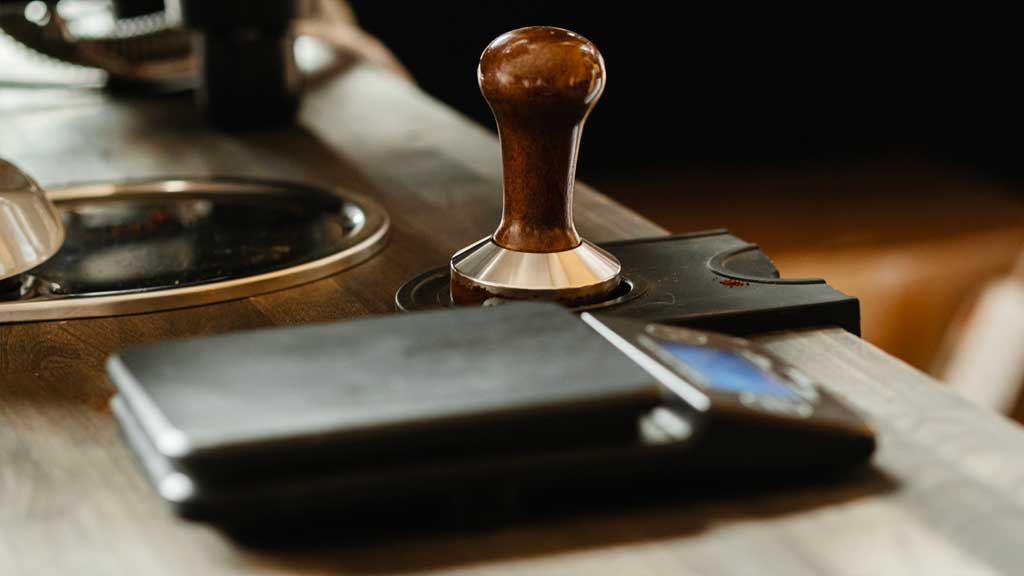
Distributing and leveling the ground coffee in the filter is essential to avoid channeling and ensure a perfect espresso. Use specific tools or the manual method to level the coffee, ensuring an even tamping that contributes to a quality cup. A well-leveled coffee puck allows the water to pass through evenly, extracting all the aromas in a balanced way.
Tamping the coffee in the filter consistently and evenly is crucial. The force is not the most important variable, but precision is. Use the tamper correctly to ensure even compression and prevent the water from finding preferential paths through the coffee, ensuring better extraction.
Place three fingers on the base of the tamper to feel if it’s level with the edge of the filter, then tamp with consistent force. To become an expert in these techniques, we recommend signing up for our Basic Barista and Coffee Course.
7. Extract the Espresso Immediately
After locking the portafilter in place, immediately start the extraction of your perfect espresso. This prevents the hot and humid environment from compromising the coffee. Timely extraction preserves the organoleptic properties of your espresso. Remember, every second counts: the high-temperature, humid environment in the extraction chamber can alter the final result if you don’t act quickly.
8. Monitor the Espresso Extraction Time
Always monitoring the espresso extraction time with a timer is essential to ensure consistent quality. Using a timer integrated into the machine or an external tool allows for necessary adjustments to the grind size, ensuring a perfect espresso extraction.
The ideal extraction time should be between 25 and 30 seconds (but not always!). If the extraction is too fast or too slow, you need to adjust the grind accordingly to maintain the balance of flavors and aromas. For every professional barista, the timer becomes an indispensable tool for consistently delivering a high-quality cup of coffee. Learn more about these techniques in our Professional SCA Barista Skills Course.
9. Serve Immediately
Espresso must be served immediately to fully appreciate its flavors and aromatic qualities. It’s important to use a warm cup (around 40°C/45°C), as a cold cup would compromise many of the coffee’s characteristics, but avoid using a cup that’s too hot.
Freshness is key for a perfect espresso: as time passes, it cools and gradually loses its aromas and crema, reducing the sensory experience. Therefore, it’s essential to enjoy the espresso right after preparation to savor all its nuances and complexity.
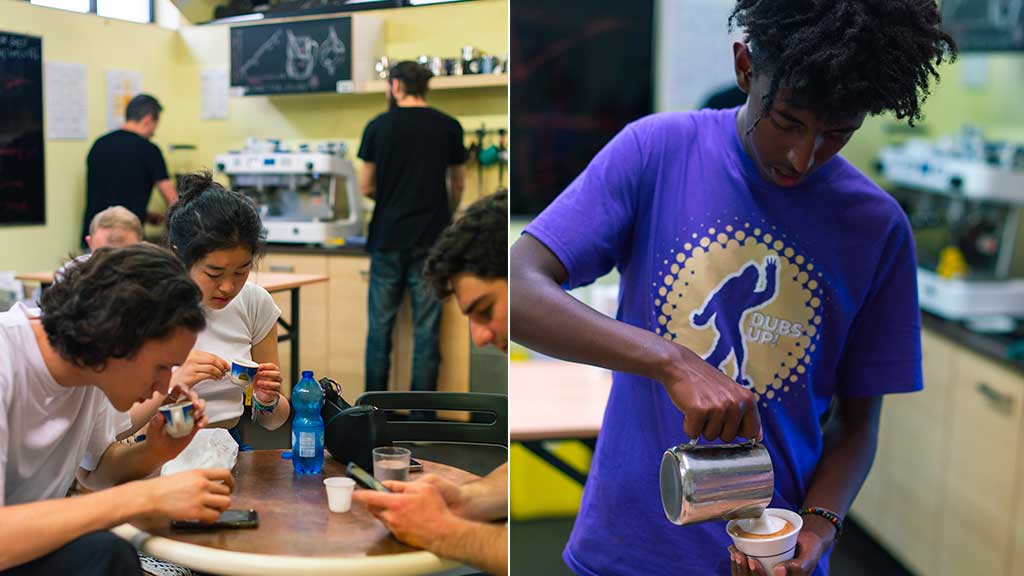
Perfect your skills with our courses
If you want to deepen your skills in coffee preparation, sign up for our training courses at Espresso Academy. Attending our courses will help you improve your abilities and become a true coffee expert.


